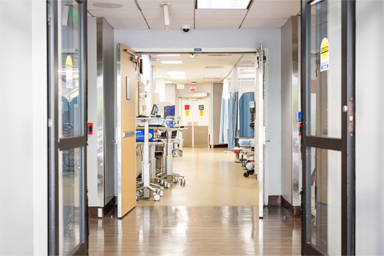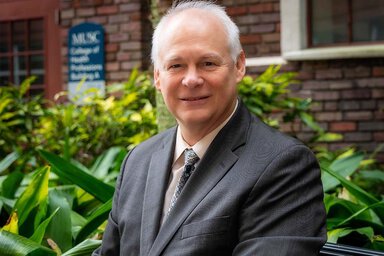Huntington's Disease
Huntington's disease is an inherited disease associated with progressive degeneration of the brain. The disease occurs as a result of an abnormality in a gene called the Huntingtin gene.
Movement disorder specialists and functional neurosurgeons at MUSC Health were the first in South Carolina to offer deep brain stimulation, or DBS, as a treatment for Parkinson’s disease, dystonia, and essential tremor.
DBS uses a neurostimulator device that is similar to a pacemaker to deliver electrical signals to targeted areas of the brain. The electrical pulses reduce symptoms by blocking abnormal nerve signals.
Our doctors have years of experience performing this complex brain surgery, enabling us to provide you with a safe, effective procedure. At MUSC Health, you receive exceptional care from our dedicated team.
When you come to MUSC Health for deep brain stimulation, you benefit from:
Our doctors diagnose and treat adults with a variety of movement disorders, providing access to the latest medications and treatments designed to help control symptoms and improve daily living.
Huntington's disease is an inherited disease associated with progressive degeneration of the brain. The disease occurs as a result of an abnormality in a gene called the Huntingtin gene.
NPH is an abnormal buildup of cerebrospinal fluid in the brain's ventricles. This causes the ventricles to enlarge, creating compression that leads to neurological symptoms.
Parkinson’s disease is a neurodegenerative disorder. The disease is progressive and its hallmark features include slowness of movement, muscle stiffness, tremor, and imbalance.
DBS is highly effective at improving quality of life and function in some patients with Parkinson’s disease, essential tremor, and dystonia. Your DBS therapy will be individualized to reach your treatment goals.


